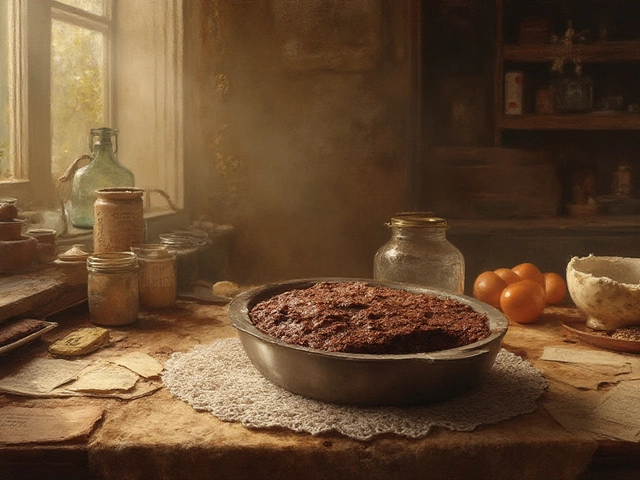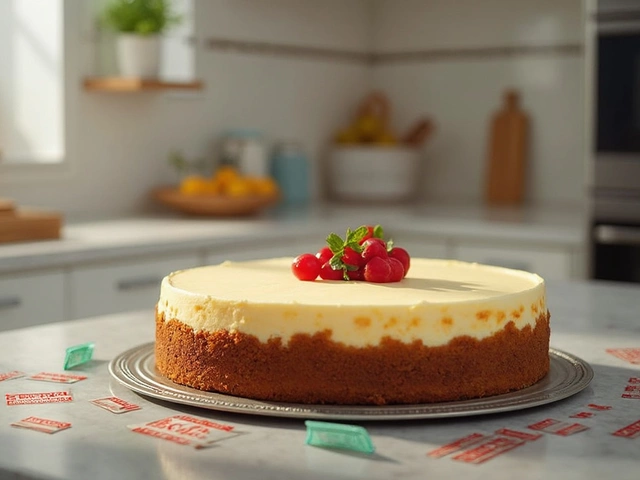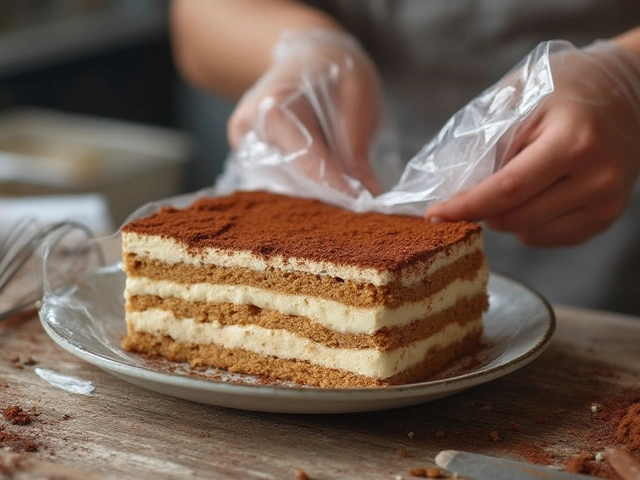Altitude Adjustment Tips for Better Baking and Cooking
Ever wonder why your cake rises too fast or your brownies turn out dry when you bake up high? It’s not magic – it’s the altitude. The thinner air changes how heat moves and how gases expand, which means you have to tweak a few things. Below are quick fixes you can start using right away.
Basics: What Changes at Higher Altitudes?
At sea level, air pressure holds liquids together and helps steam build up in the oven. Up in the mountains, the pressure drops, so liquids evaporate quicker and gases expand faster. The result? Faster rise, drier textures, and sometimes cracked tops. Knowing the three main culprits – leavening, liquid, and temperature – makes it easy to adjust.
Simple Adjustments for Common Recipes
1. Leavening agents – Reduce baking powder or soda by about ¼ teaspoon for every 1,000 feet. Too much lift can cause a cake to puff then fall.
2. Liquids – Add a little extra liquid (1‑2 tbsp per cup) to keep the batter moist. The drier air sucks moisture out faster.
3. Oven temperature – Raise the temperature 15‑25°F (about 10‑15°C). A hotter oven sets the structure before the batter over‑expands.
These three tweaks work for most baked goods, from fluffy cupcakes to rich fudge. When you’re experimenting, change one thing at a time so you can see what works best.
Brownies are a common victim of altitude. If they become crumbly, try cutting the baking soda in half and adding an extra tablespoon of oil or butter. The extra fat helps keep them chewy.
Fudge can turn grainy if it boils too long. At higher altitude, the boiling point is lower, so watch the temperature closely and remove it from the heat a few degrees earlier than the recipe says.
For gluten‑free cakes, the lack of gluten already makes the batter prone to sinking. Boost the liquid and reduce the leavening a bit more than usual, then bake a touch hotter.
If you’re making a tiramisu or other chilled dessert, remember that high altitude also affects how quickly moisture evaporates in the fridge. Keep the dessert covered tightly and add a splash of coffee or liqueur if it seems dry.
All these tips are easy to try on the next bake. Start with a small batch, note the changes, and adjust as needed. Once you get the hang of it, you’ll never worry about altitude ruining your sweets again.
Got a recipe that still isn’t quite right? Write down what you changed, how it turned out, and tweak the numbers a little. Baking is a science, but with a few practical tweaks, you’ll master altitude adjustment in no time.

Fudge Temperature Guide: The Exact Soft‑Ball Stage and How to Hit It Every Time
Wondering what temperature to cook fudge at? Get the exact soft-ball range, quick fixes, altitude adjustments, and a simple step-by-step to nail creamy fudge.
View More




